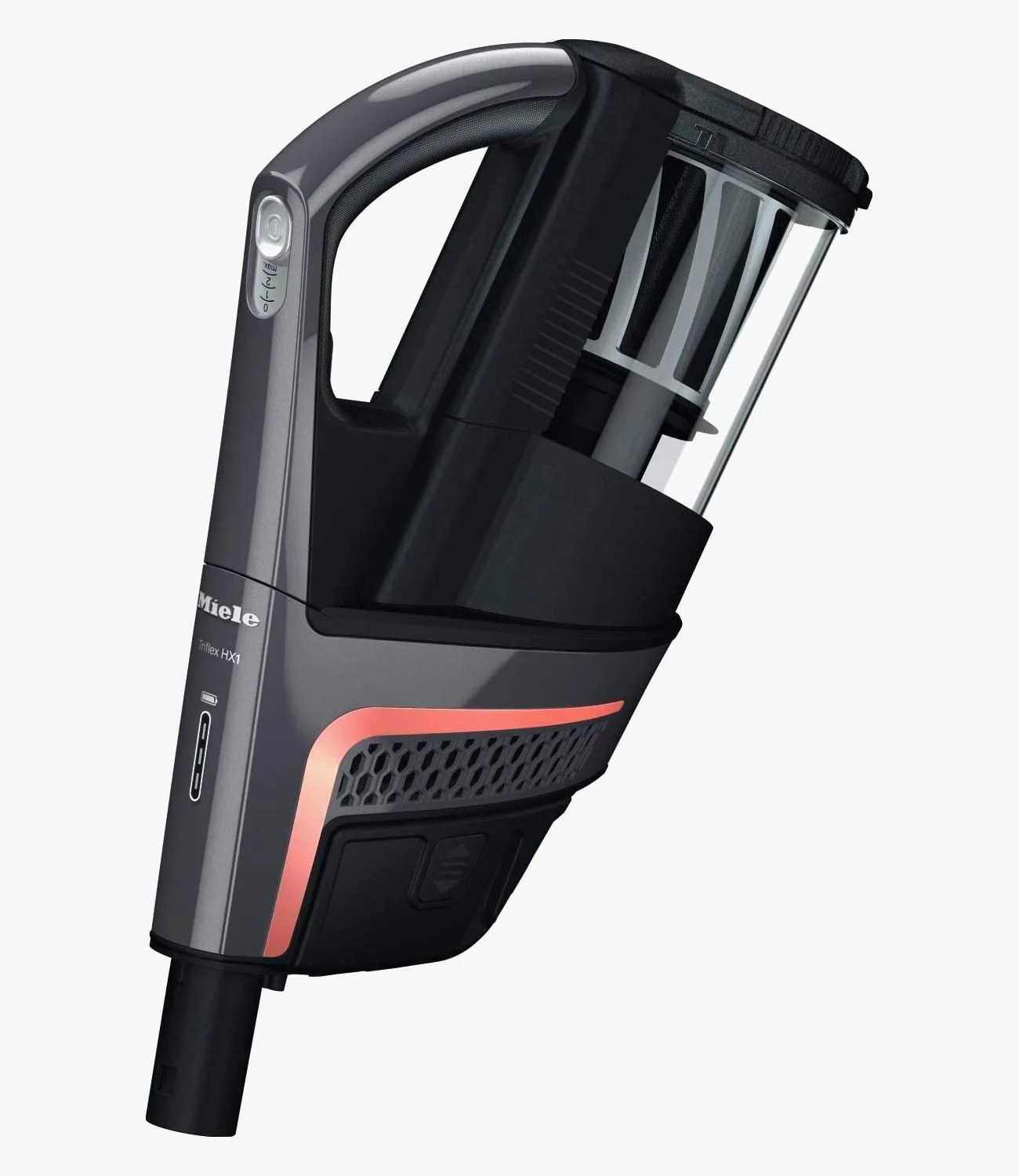In the land of cordless stick vacuums, Dyson is king. There are other brands — Shark, Bissell, Hooker and so on — but, through performance, reliability or new technology, the British home appliance giant holds dominion over all of them. One of the few appliance makers that can compete with Dyson on each point is Miele, but the old German company hadn’t thrown its hat in the ring until this summer, when it released the Triflex Cordless Stick vacuums.
What’s Good
The Triflex makes its best case through a flurry of quality of life improvements. Lights on the vacuum’s head illuminate bits of dirt and debris. The battery life — a max of 60 minutes per charge, or roughly 45 minutes set on auto — is plenty. It can “park” itself and stand up without being braced by a wall or piece of furniture, which saves walls from scuffs. The dust ejection system is less messy than others I’ve tested.
Then we arrive at the product’s namesake feature — a triple threat of vacuuming formats. What seemed like a tedious gimmick proved rather clever. The vacuum’s power hub — where the battery, motor and dust bin are — can be moved to base of the vacuum (where the suction is happening) when cleaning floors, to the hilt of the vacuum to reach elevated surfaces and directly to the head of the vacuum, sans-stick, to clean smaller spaces like a car.
Its cleaning performance is consistently good — it makes quick work of dog hair (mine is medium length, coarse and prone to massive shedding), dirt and the other unnamed bits of stuff that wind up in its path.
 Miele
Miele